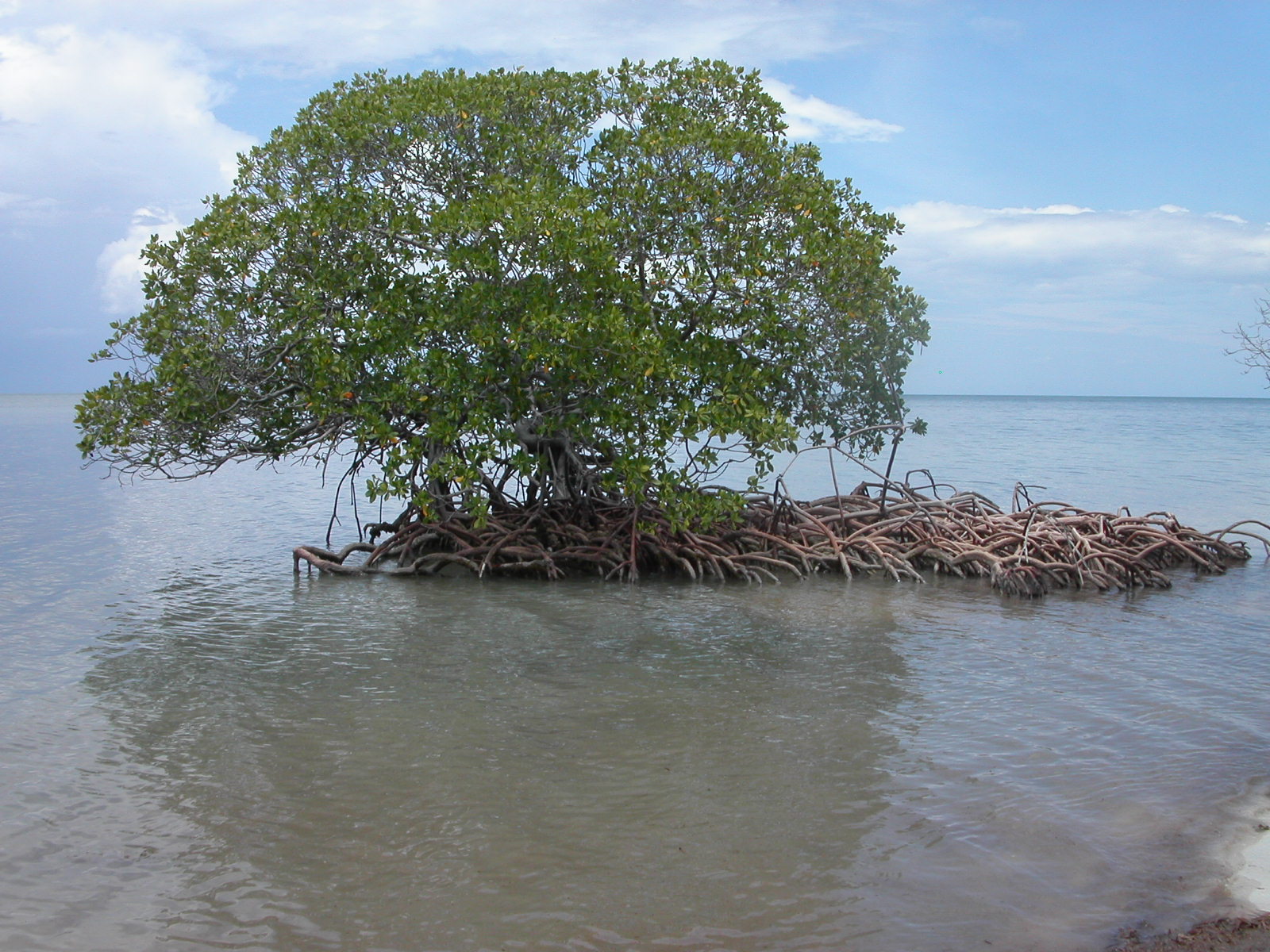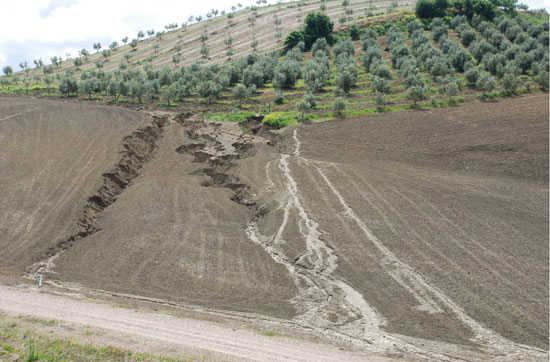In the previous articles, I wanted to know more about the costs and assessment of sea level rise and desertification. I deplored that biodiversity was not taken into the account of the costs of the process. Though, we know the free service to the societies of the biodiversity. We know that a loss of biodiversity would have some effects on the economy. Menon et al. (2010) tried to assessed globally the biodiversity drop induced by a sea level rise of one meter to six meters by 2100. One meter, because it is close to the highest predictions of the IPCC, and six meter because these prediction did not take into account the acceleration of the thaw of the greenland ices heets (Menon et al, 2010). They found that the biodiversity would be proportionally affected to the importance of the SLR and its speed. Also, a six meters rise of the sea would have some catastrophic effects for biodiversity, especially on the ecosystems as the mangroves which are considered as very rich. From displacement inland of the ecosystems to their fragmentation and the extinction of endemic species, there is a gradation of the impacts (Menon et al, 2010).
 |
| The paletuviers, the vegetal species of the mangroves. |
Desertification has also some effets on biodiversity. As I wrote it in some precent article, to Bestelmeyer, 2005), the shift from grassland to shrubland which is considered as desertification, changes the ecosystem but the shrublands have a richer ecosystem (Bestelmeyer, 2005). However the next steps of desertification, from Shrublands to steps and from steps to reg and erg, we cannot state that the biodiversity is not negatively affected. Of course, it depends of it intensity.
From the shrubland to the reg, a loss of biodiversity
Thus, these two processes have some impact on the biodiversity proportionally to their importance. The ecosystems are displaced, fragmented or diminished by the extinction of some species. Moreover, by moving inland, the displaced ecosystems put some pressure on some other ecosystems maybe already pressured directly by the human activities...
Bibliography:
Bestelmeyer, B.T. 2005. Does desertification diminish biodiversity? Enhancement of ant diversity by shrub invasion in south-western USA. Diversity and Distribution. No. 11. p45-55
Menon et al. 2010. Preliminary global assessment of terrestrial biodiversity consequences of sea-level rise mediated by climate change. Biodiversity conservation. Vol.19. p1599-1609.


